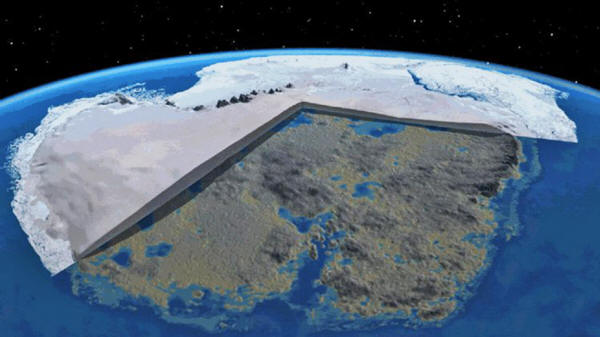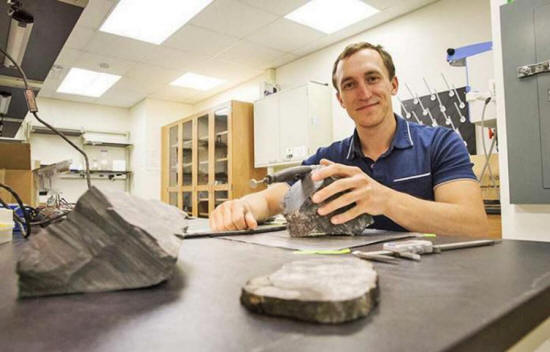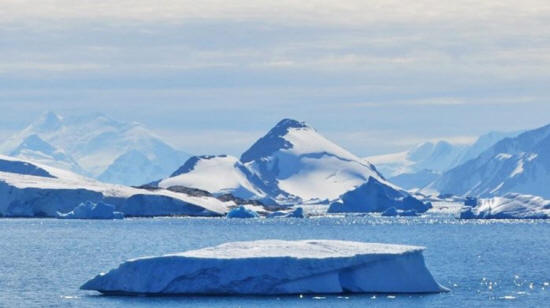|
There is no doubt Antarctica holds the clues to our past and future.
It's a continent full of
secrets and we still known very little what is really hidden beneath
Antarctica's thick ice sheet.
High above the ice fields, they combed the mountain's gray rocks for fossils from the continent's green, forested past.
The discovered fossils reveal that the trees are over 260 million years old, meaning that this forest grew at the end of the Permian Period, before the first dinosaurs, when Antarctica was still at the South Pole.
The time frame is exactly what they are looking for.
The Permian Period ended 251 million years ago in history's greatest mass extinction, as the Earth rapidly shifted from icehouse to greenhouse conditions. More than 90 percent of species on Earth disappeared, including the polar forests.
Gulbranson believes that
the trees in the Antarctic forests were an extremely hearty species
and is trying to determine why they went extinct. Erik Gulbranson, paleoecologist and visiting assistant professor at UWM, studies some of the fossilized trees he brought back from Antarctica. Gulbranson is returning there for further research this year.
Credit: UWM Photo/Troye Fox
It's likely that over the
course of 200,000 years - a short time, geologically speaking -
volcanic eruptions in Siberia released many tons of greenhouse gases
into the atmosphere.
At the Permian Period's end, Antarctica was warmer and more humid than it is today.
The world's continents, as we know them, were packed together in two giant landmasses - one in the north and one in the south.
Antarctica was part of Gondwana, the supercontinent spanning the Southern Hemisphere that also included present-day,
There would have been a
mixture of mosses, ferns and an extinct plant called
Glossopteris,
and it's likely that this forest stretched across the entirety of Gondwana.
During the Permian Period, forests were a potentially low diversity assemblage of different plant types with specific functions that affected how the entire forest responded to environmental change.
This is contrast to modern high-latitude forests that display greater plant diversity.
But not even these robust
forests survived the high carbon dioxide concentrations of the mass
extinction.
Image
credit: Wikipedia
Even in a warmer past,
the polar regions would have experienced months of darkness in
winter and would have gone without sunset during the summer months.
Modern plants make the same transition over the course of several months and also conserve water by making food during the day and resting at night.
Scientists don't yet know how months of perpetual light would have affected the plants' day-and-night cycles.
|




